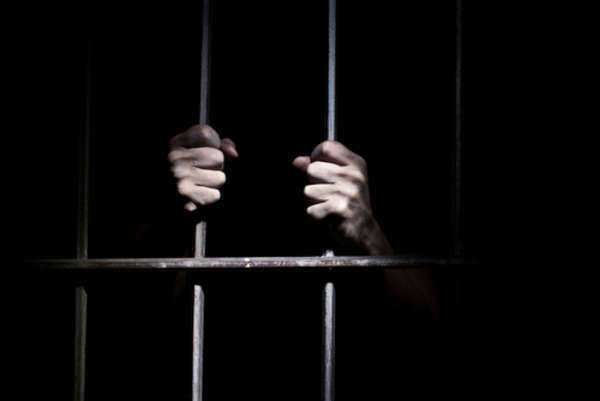Escambia County Jail
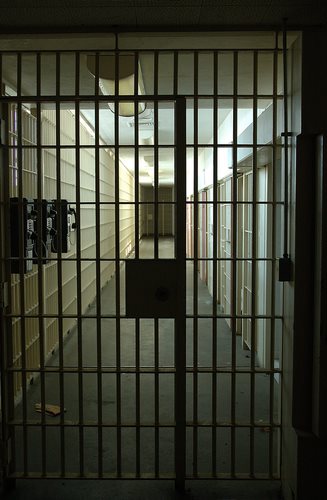

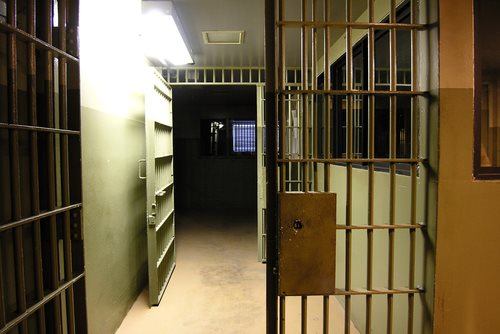
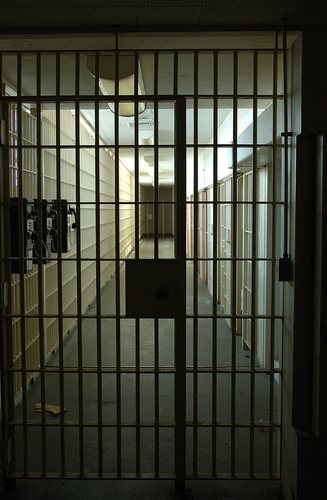
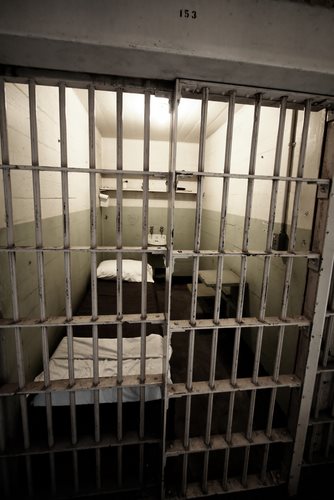
Introduction
Hernando County Jail, located in Hernando County, Florida, plays a crucial role in the criminal justice system of the region. It serves as a temporary residence for individuals awaiting trial, those serving short sentences, and individuals who have been recently arrested. This article provides a detailed exploration of Hernando County Jail, shedding light on its history, facilities, inmate programs, challenges, and the broader context of incarceration in the United States.
Historical Overview
Hernando County Jail has a rich history that dates back to its establishment in the early 20th century. The jail’s initial construction was a modest and functional facility. Over the years, however, as the population of Hernando County grew, so did the demands on the jail. Consequently, the facility underwent several renovations and expansions to meet the evolving needs of the community.
The original Hernando County Jail, like many other correctional facilities of its time, had limited amenities and was primarily designed for confinement and security. In the late 20th century, the focus began to shift towards rehabilitation and reintegration, and this transformation continues to this day.
Facilities and Infrastructure
Hernando County Jail is a medium-sized detention center that can house approximately [insert capacity] inmates. It is equipped with various housing units, each designed to cater to different categories of inmates, such as general population, maximum-security, and special management units for high-risk offenders.
The jail features state-of-the-art security systems to ensure the safety of both staff and inmates. This includes surveillance cameras, electronic door control systems, and well-trained corrections officers who maintain a constant presence throughout the facility.
In addition to housing units, the jail includes administrative offices, medical facilities, visitation areas, a commissary for inmates, and educational spaces. The provision of these amenities reflects a broader shift towards incorporating rehabilitation and reentry programs into the correctional system.
Inmate Programs and Services
One of the significant changes in the philosophy of incarceration in recent years is the emphasis on rehabilitation. Hernando County Jail is no exception, offering a range of programs and services aimed at helping inmates address the underlying issues that contributed to their incarceration.
Some of the key inmate programs and services offered at Hernando County Jail include:
Challenges and Controversies
While Hernando County Jail strives to provide a safe and rehabilitative environment for its inmates, it is not without its share of challenges and controversies. Some of the issues that have drawn attention in recent years include:
The Broader Context
Hernando County Jail is just one piece of the larger puzzle that is the American criminal justice system. Understanding the broader context of incarceration in the United States is essential to appreciate the challenges and opportunities faced by facilities like Hernando County Jail.
The United States has one of the highest incarceration rates in the world, with millions of individuals in jails and prisons across the country. This has led to debates about the effectiveness of mass incarceration and the need for criminal justice reform. Initiatives aimed at reducing prison populations and addressing the root causes of criminal behavior have gained momentum in recent years, prompting changes in the way inmates are treated and rehabilitated.
The role of Hernando County Jail, therefore, extends beyond its immediate function as a detention center. It is a microcosm of the broader issues that plague the American criminal justice system, and its evolution reflects the ongoing efforts to strike a balance between punishment and rehabilitation.
Conclusion
Hernando County Jail serves as a vital component of the criminal justice system in Hernando County, Florida. While it has a rich history and a focus on providing rehabilitation and reentry programs to inmates, it also faces numerous challenges and controversies common to correctional facilities in the United States.
Understanding Hernando County Jail requires considering not only its facilities, programs, and challenges but also its place within the broader context of incarceration in the United States. As the nation continues to grapple with issues of mass incarceration and criminal justice reform, facilities like Hernando County Jail will play a critical role in shaping the future of the correctional system.
Hernando County Jail, or Hernando County Detention Center, is located in Brooksville, Florida, and can be located at 16425 Spring Hill Drive, or contacted at (352) 544-2334. The Hernando County Jail is administered by the Detention Division of Hernando County and is earmarked as the primary facility for jailing individuals arrested in Hernando County, either by the Hernando County Sheriff’s Office or by any law enforcement group allowed to function in the county.
The Hernando County Jail inmate population includes both men and women and has, in addition to adult prisoners, juveniles convicted for committing misdemeanors or felonies or waiting to be tried as adults. Among the legal statuses of Hernando County Jail prisoners, inmates can be those denied or without the ability to post bail, in the process of being sent from holding facilities elsewhere in order to be tried in Hernando County courts, or serving out sentences lasting under a year under the Hernando County Sheriff’s Office. The Hernando County Jail can hold up to 818 prisoners.
Friends and family of Hernando County Jail inmates must contact County Sheriff’s Office authorities in order to be granted permission for visits, and must do so at most a week before the desired visitation date, and at least 4 days preceding the visit, either by phoning or mailing in a completed Visitation Request Form. Visits can last for up to two hours and include as many as 3 visitors. Visitors can be turned away if found to be improperly dressed or if lacking government-issue photo ID.
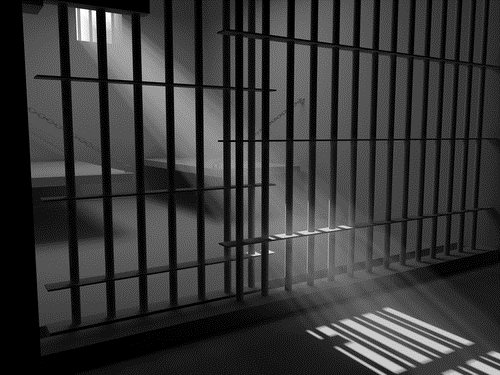
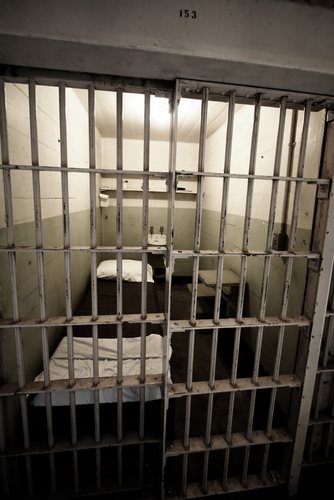
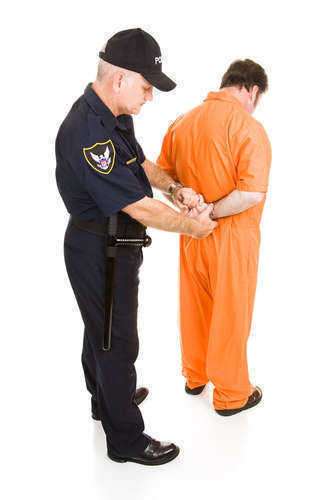
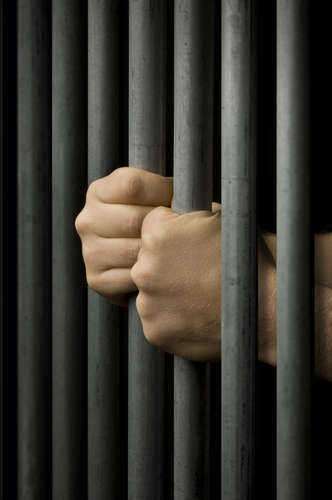
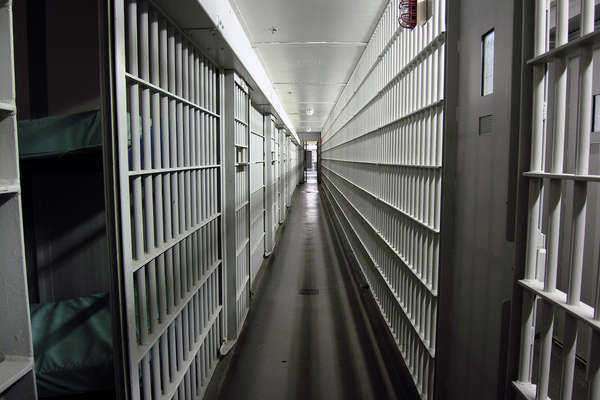
Nestled within the state of Florida, Indian River County Jail emerges as a cornerstone of the criminal justice system, playing a pivotal role in ensuring public safety and upholding justice. This comprehensive article delves into the nuances of Indian River County Jail, shedding light on its state-of-the-art facilities, meticulous operations, impactful inmate programs, and its far-reaching influence on the community it serves.
Facilities and Infrastructure
The Indian River County Jail boasts cutting-edge facilities that underscore its commitment to secure inmate housing while prioritizing their welfare. With advanced technologies and sophisticated surveillance systems, the facility is designed to facilitate smooth operations while adhering to stringent security measures. Notably, the architecture emphasizes the strategic segregation of inmates based on their security levels, which contributes to maintaining order and safety within the facility.
Operations and Security Measures
At Indian River County Jail, operational efficiency is paramount. The facility operates within a framework of meticulous security protocols, ensuring that escapes are prevented, order is maintained, and the safety of inmates, staff, and visitors remains unwavering. The daily oversight of the facility is entrusted to a dedicated team of highly trained correctional officers who conduct thorough inmate searches and enforce stringent rules and regulations. Furthermore, the facility is fortified with advanced security systems that enable real-time monitoring of inmate activities and prevent unauthorized access.
Inmate Programs and Rehabilitation
Indian River County Jail goes beyond incarceration, placing significant emphasis on rehabilitation through a diverse array of inmate programs. These initiatives are designed to foster personal growth, skill development, and behavior modification among inmates. Educational opportunities, vocational training, substance abuse treatment, and counseling services form the core of these programs. By addressing underlying issues, the jail contributes to a reduction in recidivism rates and lays the foundation for successful reintegration into society.
Medical and Mental Health Care
The holistic well-being of inmates takes center stage at Indian River County Jail. The facility offers comprehensive medical and mental health services that encompass both acute and chronic health conditions. Medical professionals ensure that inmates receive the necessary care, medications, and treatments required to maintain their health. This proactive approach underscores the facility’s commitment to promoting overall wellness within the inmate population.
Community Impact and Outreach
Indian River County Jail extends its reach beyond its walls by actively engaging with the community it serves. The facility forges collaborative partnerships with local organizations, educational institutions, and social services agencies to offer programs that benefit inmates during their incarceration journey and extend into their reentry process. By adopting a collaborative approach, Indian River County Jail enables inmates to develop essential life skills and nurtures a support network that proves invaluable upon their return to society.
Pretrial Services and Alternatives
A pivotal aspect of Indian River County Jail’s function lies in its role during the pretrial phase. As the facility accommodates individuals awaiting trial, it also participates in pretrial services that explore alternatives to traditional incarceration for non-violent offenders. These alternatives can encompass electronic monitoring, community service, or participation in diversion programs, contributing significantly to the reduction of jail overcrowding and promoting a more effective justice system.
Juvenile Detention and Programming
In alignment with its broader commitment to rehabilitation, Indian River County Jail operates a specialized juvenile detention center. This center caters to minors awaiting court hearings or placement in appropriate programs. Recognizing the unique needs of young offenders, the juvenile detention center offers programs tailored to address these needs, fostering positive behavior change and encouraging personal growth among its youthful inhabitants.
Collaboration with Law Enforcement
The seamless transition of individuals from arrest to incarceration is a collaborative effort between Indian River County Jail and local law enforcement agencies. This collaboration facilitates the exchange of vital information, supports the processing of detainees, and contributes to the efficient administration of justice. By working in tandem, the facility and law enforcement agencies ensure a streamlined and effective criminal justice process.
In conclusion, Indian River County Jail in Florida stands as a pillar of the criminal justice system, orchestrating its operations with precision, compassion, and a commitment to rehabilitation. Its state-of-the-art facilities, robust security measures, impactful inmate programs, and outreach initiatives all serve to underscore its role as a pivotal institution within the community. Through a holistic approach that prioritizes both security and rehabilitation, Indian River County Jail plays a transformative role, shaping the lives of inmates and leaving an indelible mark on the fabric of the local community.
Indian River County Jail is in Vero Beach, Florida and is located at 4055 41st Avenue. The phone number for Indian River County Jail administrators is (772) 569-6700. As of September 2010, this facility was listed as currently housing 540 inmates. Information on Indian River County Jail and related procedures such as for visiting its inmates can be located on the Indian River County Sheriff’s Office’s website.
